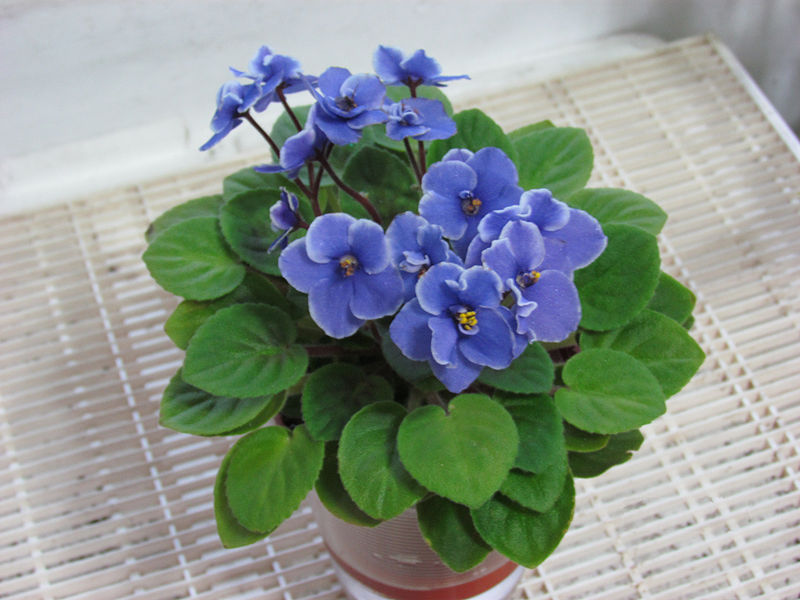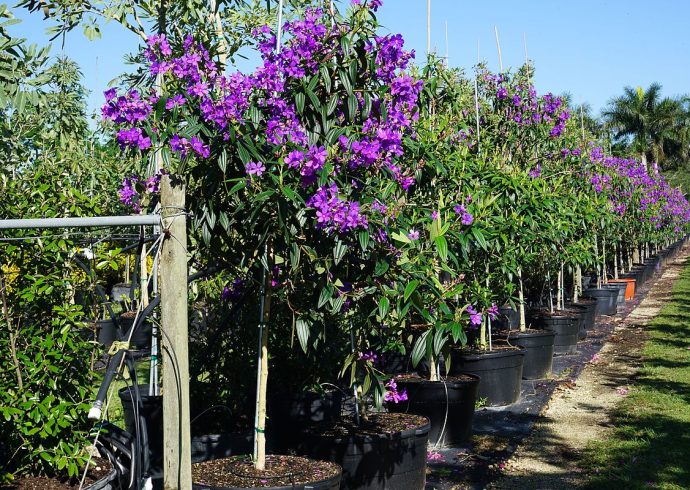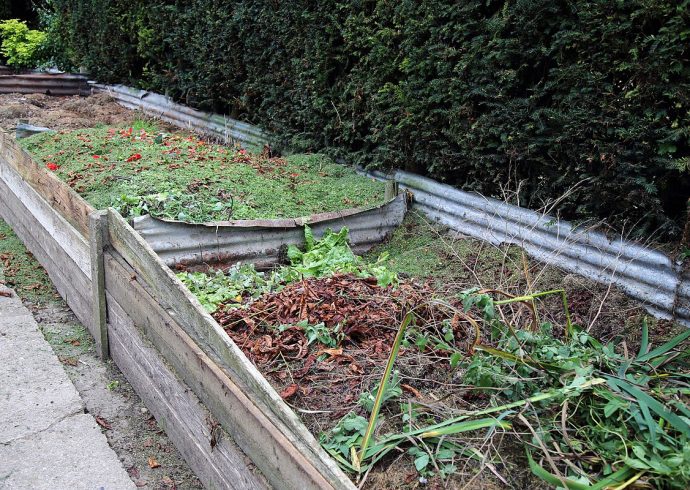
Make Potting Soil for African Violets
The African violet, or Saintpaulia, is an indoor plant that requires special potting soil in order for it to thrive. A native of Tanzania and Kenya, the African violet is not a true violet but is rather related to the Streptocarpus, or Cape Primrose. It has been dubbed a violet, perhaps by its close resemblance to the wild violet that commonly grows throughout the forests and meadows of the United States. The African violet is a beautiful flower with a natural iridescence in the leaves, no matter what color blossoms they are: pink, purple, white, or yellow.
African violets are not hard to grow but they do require a special potting soil so they can survive and thrive. The mixture commonly sold in nurseries for this plant is not really a soil but is a combination of materials that help the African violet grow well indoors. Unlike other plants, using dirt dug up from the backyard won’t do for this beautiful little plant. But there is an easy way to make potting “soil” for your African violet plants.
You will need the following ingredients:
Sphagnum peat moss (not sphagnum moss, which is different)
polystyrene, or perlite
lime, or calcium carbonate
vermiculite
The sphagnum peat moss is key in making the mixture porous for the African violet root system. Perlite is a natural volcanic glass that contains water in small pieces to help keep the mixture conditioned for the African violets. Vermiculite is another soil conditioner and occurs in nature as a useful mineral generally used in commercial furnaces. The lime is necessary to correct the pH in the moss and lower it. Check your local agricultural supply store for these items. Chances are they can order any needed components if they are not in stock.
Mix the following:
6 cups peat moss
4 cups vermiculite
2 cups perlite
1/4 cup lime
Combine well. The next step is pasteurization. Place the mixture on an aluminum covered baking sheet, sprinkle some water on top, and place in the oven at 180 degrees. Let the mixture bake for thirty minutes before removing. Once the soil cools, it can be placed in the flower pot.
An African violet planter is about 1/3 the size lower than a regular indoor flower pot. The dish should also be big enough for the water to gather at the base. Place a layer of pebbles at the bottom of the pot before pouring in the special soil just made. Make sure each hole at the bottom of the pot is covered up. Pour in the soil about halfway, then set the plant in the pot. Gently add more soil so that all sides are covered. Press down the soil by hand and water the plant. African violets should be repotted once a year to allow the roots to expand. While these plants love hot, humid conditions, they do not like to be in direct sunlight. Keep the plants in a corner of the room or on a table not in view of a large window. The soil mixture can also be made ahead of time and prepared if you choose to have more than one African violet plant. Three or four plants look beautiful in the same room, especially if they are of different colors.
Image Credit: Vladimir2366fa, CC BY-SA 3.0, via Wikimedia Commons.


